
OR
Editorial
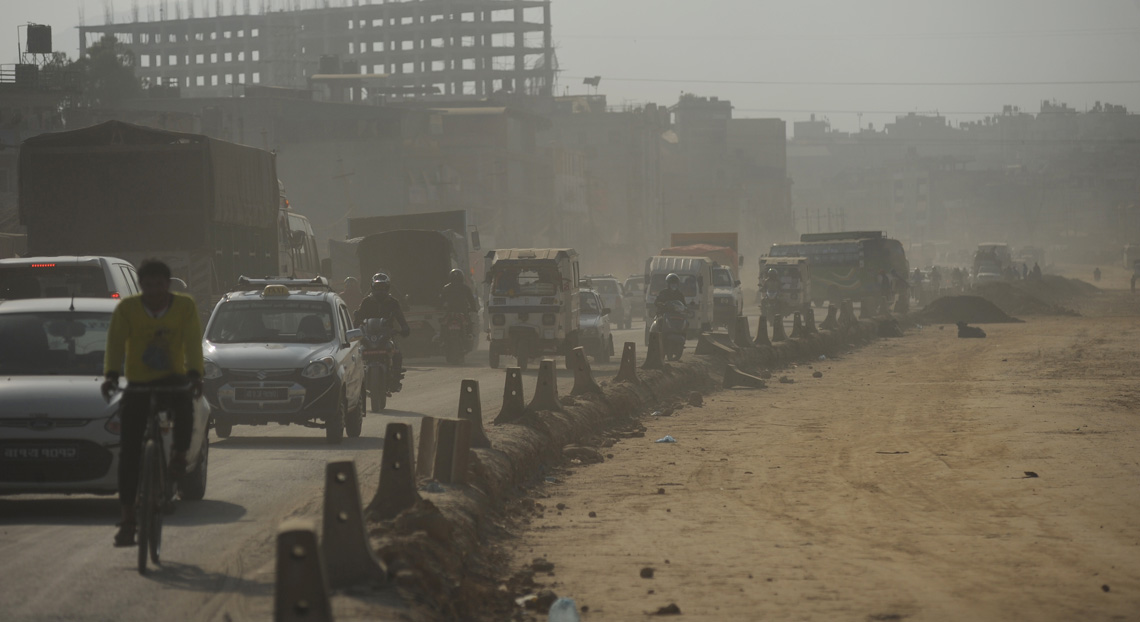
Recently, a team of government officials including employees of the Department of Environment, Department of Transport Management and Metropolitan Traffic Police Division conducted an on-the-spot pollution test of vehicles at Babarmahal in the capital. According to the employees involved in the test, over two-thirds of the vehicles failed the pollution test which means they were running in conditions below the prescribed standards for air pollution in the country. In fact, with the start of the winter season every year, air pollution levels rise in the country, especially in the Kathmandu Valley. Air pollution levels rise in the Valley with the end of the rainy season every year. Due to the presence of smoke and dust in the air, even the sunlight has difficulty in reaching the earth surface in the Valley in winter. Unless this thick fog comprising mainly smoke and dust is blown away, the air in the Valley is polluted and is unhealthy. The fact is voices have been raised from time to time regarding the Valley’s poor air quality and the need for controlling air pollution.
The air quality index (AQI) is a yardstick to measure air pollution at any place. The higher the value of AQI for a place, the greater is the level of air pollution in that place. An AQI value between zero and 50 represents good air quality. Similarly, an AQI score between 51 and 100 is considered ‘moderate’ which means the air quality is not unacceptable but for some pollutants there may be a moderate health concern for some people. That’s why when the air quality of any place reaches a moderate value, people who are sensitive to air pollution have to cut down their activities outside their homes. Winter is yet to fully set in this year but the air quality in the Kathmandu Valley and several other cities has already become worrisome in view of public health. The Department of Environment has already published a “very important notice”, urging the general public to reduce vehicle pollution and not burn waste and garbage out in the open. The notice accepts that the situation of air pollution worsens in the Valley and in other parts of the country with the onset of the winter season. The Department has also concluded that smoke emitted from vehicles and factories and the act of burning waste out in the open are two major reasons behind the worsening air pollution levels.
The government authorities concerned do issue notices urging everyone to operate their vehicles only after passing the pollution test. But the implementation of this notice is very weak. That should be why the government has said that from December 16 onward, the vehicles failing the pollution test will be fined up to Rs 100,000 as per Section 41 (2) of the Environment Protection Act 2076 BS. This is a good initiative aimed at fighting air pollution because the smoke emitted by vehicles is a major contributor to air pollution. Decreasing this emission significantly should be a part of the strategy to curb air pollution. One way to do that is to discourage the use of vehicles that run on fossil fuels and encourage the use of electric vehicles (EVs). The world is trying to explore ways to lower carbon emission and scientists are carrying out research to run even airplanes on hydrogen. But we haven’t been able to discourage the use of vehicles that run on diesel and petrol. The government does talk about displacing fossil fuel-run vehicles with EVs from time to time, but it hasn’t formulated and implemented a policy to support this task. The government must encourage the use of EVs through the introduction of appropriate policies if air pollution is to be controlled.
You May Like This
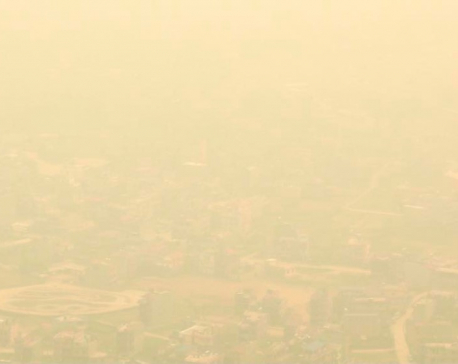
Air pollution to remain for some more days: MFD
KATHMANDU, April 18: Air pollution across the country including the Kathmandu Valley has gone rampant in the past few days,... Read More...
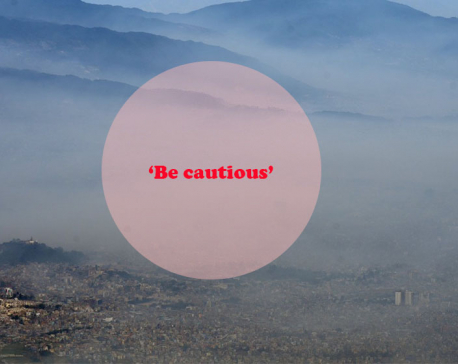
Scientists worry that Kathmandu is still one of the most polluted cities
KATHMANDU, May 17: Vehicular emissions are one of the key contributors to Kathmandu’s air pollution. Thanks to the lockdown aimed... Read More...
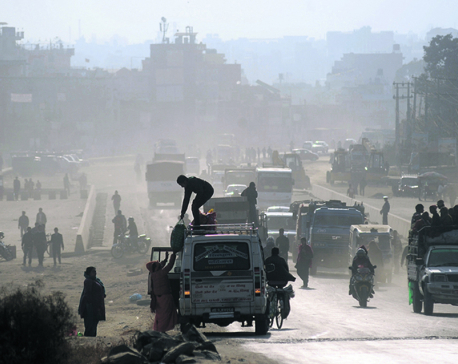
Air pollution more dangerous than coronavirus
KATHMANDU, Jan 7: Air pollution in the Kathmandu Valley could be worse than the coronavirus pandemic, experts have warned. Speaking... Read More...





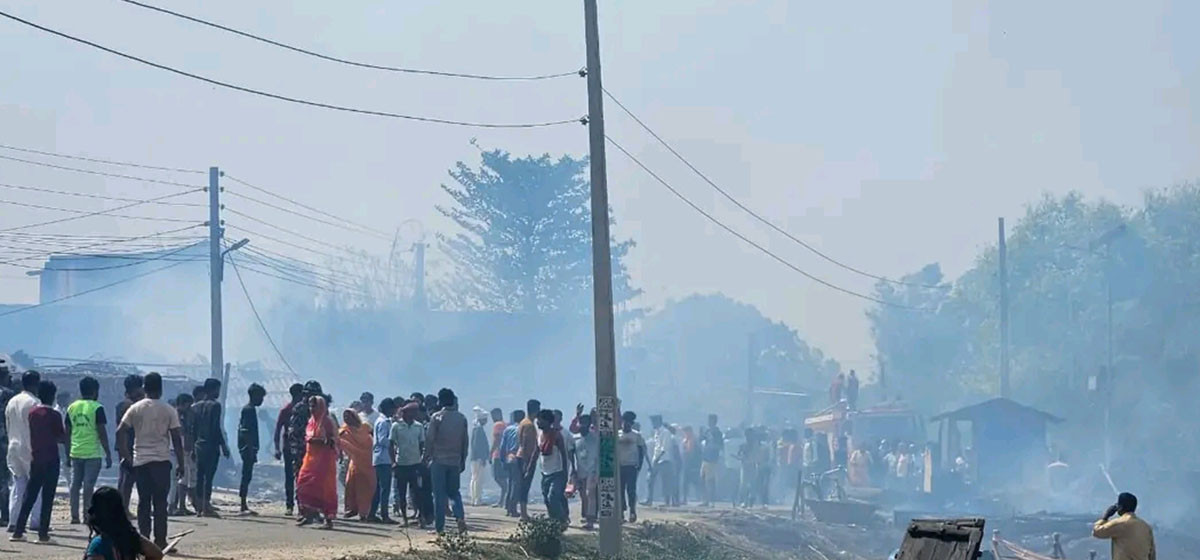
Just In
- Indian customs releases trucks carrying Nepali tea, halted across Kakarbhitta
- Silent period for by-election to begin from midnight
- SC issues short-term interim order to govt and TU not to take immediate action against TU legal advisor Khanal
- National consultation workshop advocates to scale up nutrition smart community in Nepal
- Patan High Court issues short-term interim order to halt selection process of NTB’s CEO
- NEPSE inches up 0.15 points; daily turnover increases to Rs 2.53 billion
- Bagmati Govt mandates tri-lingual signboards in offices
- Inferno destroys 70 houses in Mahottari













Leave A Comment